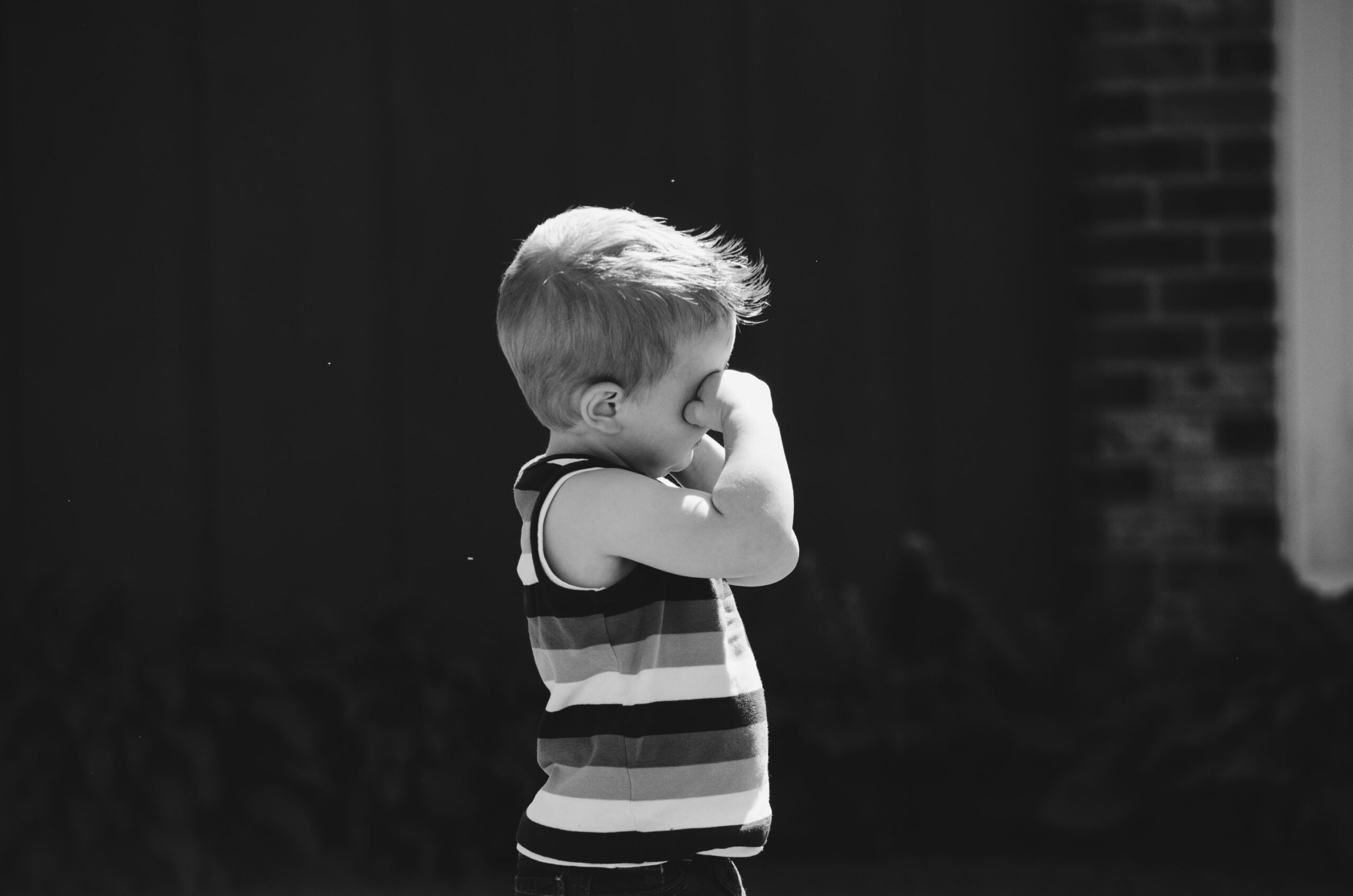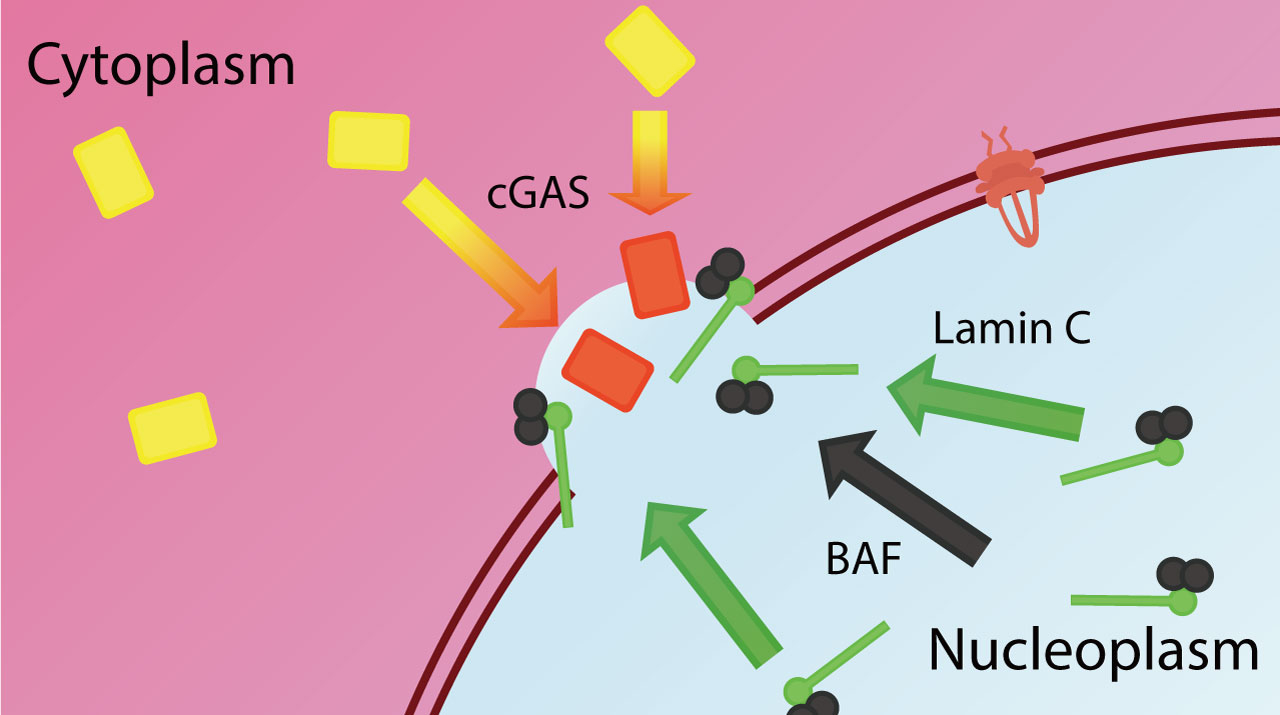A decades-long effort to lower the stillbirth rate in the United States has stalled, as has progress in closing a persistent gap in excess stillbirths experienced by Black women compared with White women, according to a Rutgers-led study.
"Over the last 40 years, we have reduced certain risk factors for stillbirth, such as smoking and alcohol use before and during pregnancy, but these gains have been countered by substantial increases in other risk factors, like obesity and structural racism," said Cande Ananth, chief of Epidemiology and Biostatistics in the Department of Obstetrics, Gynecology and Reproductive Sciences at the Rutgers Robert Wood Johnson Medical School and lead author of the study published in The Lancet Regional Health — Americas.
"Our findings illustrate that past progress has now been offset by these newly identified risks," Ananth said.
To determine how cultural and environmental factors impact stillbirths among Black and White women in the U.S., Ananth and a team of Rutgers obstetricians examined changes in stillbirth rates between 1980 and 2020.
Using data compiled by the National Center for Health Statistics of the Centers for Disease Control and Prevention and covering all 50 states and the District of Columbia, the researchers measured how maternal age, year of death (indicative of changes in prenatal and intrapartum care and other factors) and maternal birth cohorts (indicative of social and environmental elements, such as socioeconomic status, education, nutrition and substance use at the time of the women's birth) shaped stillbirth trends.
More than 157 million live births and nearly 711,000 stillbirths delivered at 24 or more weeks over the last four decades in the U.S. were included in the study.
Consistent with previous studies, the researchers found that total stillbirth rates in the U.S. declined steadily between 1980 and 2005, backed by advances in prenatal care and maternal health. For every 1,000 women who delivered in 1980, 10 of those pregnancies ended in stillbirth. By 2005, the figure had declined to about 5 per 1,000.
But since then, the researchers found, improvements have flatlined and the rate today is about the same as it was more than a decade ago.
Additionally, despite efforts to reduce structural racism and increase health-care access to women of color, the disparity in stillbirth rates for Black women compared with White women remained unchanged during the 40-year period. The rate for Black women was about twice the rate of White women in 1980 (17.4 versus 9.2 per 1,000 births) and remained twofold in 2020 (10.1 versus 5.0 per 1,000 births).
Unlike most previous work, which has focused primarily on risks such as age at delivery and social and environmental conditions, Ananth's study added a third element: the birth cohort — the year the mother herself was born.
Ananth said that the data demonstrates a strong link between birth cohort and stillbirth risk.
"The cohort is a new dimension to understanding these adverse outcomes," said Ananth. "To understand the paper's significance, you need to view it in a three-dimensional perspective. We have age of the mother, year of delivery and the birth cohort. All three factors are time-related and intertwined."
Several factors might explain the stalled decline in reducing stillbirth rates. One possible cause, the researchers wrote, is a national effort in 2009 to reduce elective deliveries before 39 weeks. There also may have been a slowdown in medical advances and obstetrical intervention to predict or prevent stillbirth.
The persistent gap in stillbirth disparities is more complicated and includes structural racism and biases, social inequality and a greater burden of chronic diseases and illness, Ananth said.
Taken together, Ananth said these data paint a dire health care picture that needs urgent attention at local, state and national levels.
"I am a firm believer that even one death is one too many," he said. "Delivering a stillbirth carries so much social and emotional trauma — for the parents, and for the entire society."
Story Source: Original press release by nin.nl. Note: Content may be edited for style and length by Scible News.
References.
Jessica N Goedhoop, Bastijn JG van den Boom, Rhiannon Robke, Felice Veen, Lizz Fellinger, Wouter van Elzelingen, Tara Arbab, Ingo Willuhn. Nucleus accumbens dopamine tracks aversive stimulus duration and prediction but not value or prediction error. eLife, 2022; 11 DOI: 10.7554/eLife.82711
Cite this page.
“What happens to our dopamine system when we experience aversive events?”. 14/11/2022. Scible. Scible News. Accessed at: https://news.scible.com/what-happens-to-our-dopamine-system-when-we-experience-aversive-eventsEnjoyed reading this article...
Create a FREE account to let us know what you think about it!
It only takes a few seconds to create an account. Once you join, you can comment on hundreds of breaking science stories. It’s completely free.







